4 Tradescantia Types, 9 Varieties and care
Tradescantia, commonly referred to as spiderwort, is a genus of over 75 species of herbaceous perennial plants in the Commelinaceae family. These easygoing plants are widely admired for their graceful long arching leaves and three-petaled flowers that appear in a variety of alluring colors.
I have mentioned the different tradescantia types and provided tips o0n how to grow them successfully indoors and outdoors. The common name “spiderwort” refers to their thin wiry stems and long narrow grass-like leaves that resemble spider legs.
Spiderwort flower is a popular houseplant loved for its colorful flowers and leaves.
Tradescantia varieties
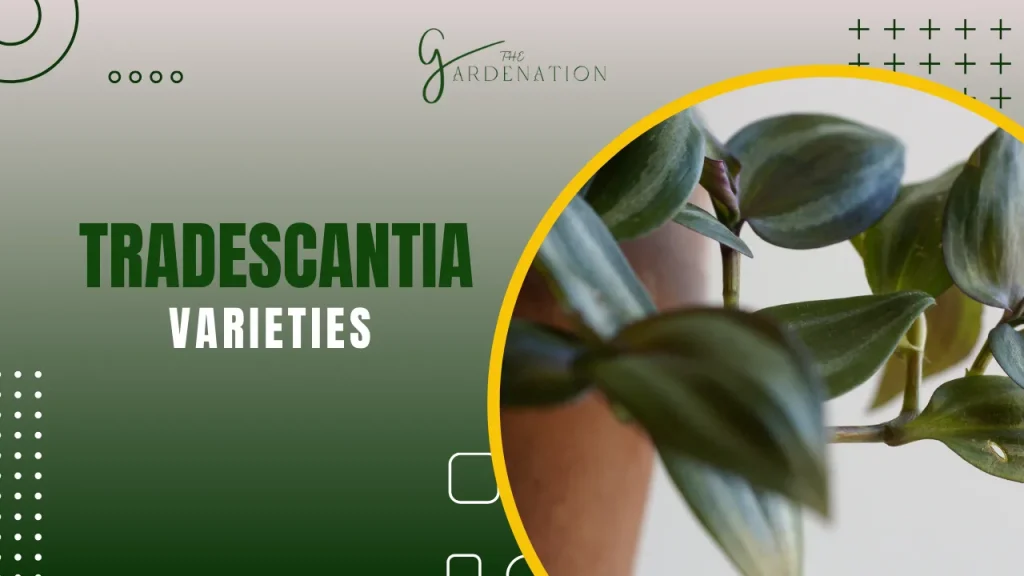
While tradescantia types refer to growth habits, numerous cultivated varieties offer diverse leaf colors, patterns and textures. For more information more about gardening you can visit: 14 Scindapsus Varieties
Here are some popular kinds:
1. Small Leaf Spiderwort

The small leaf spiderwort (Tradescantia Fluminensis) is a lush, spreading ground cover perfect for gardens. It has pale green leaves with a soft, hairless texture that remains appealing all season. Starting in early summer, I saw small clusters of petite white 3-petaled flowers that emerged from foliage to add seasonal interest.
- Ideal Position: Filtered sun to light shade
- Difficulty: Easy to care for
- Toxicity: Non-toxic
- USDA Zones: 9 to 12
This type of tradescantia type thrived in bright filtered sunlight or light shade exposures. I provided consistently moist, well-draining soil as drought tolerance was low.
Humid environments suited it best, making it a great landscape plant in locations with adequate rainfall and also working nicely as an indoor plant. With multi-season interest from the foliage and flowers combined with simple care, small leaf spiderwort makes an excellent choice for novice gardeners.
2. Inch Plant
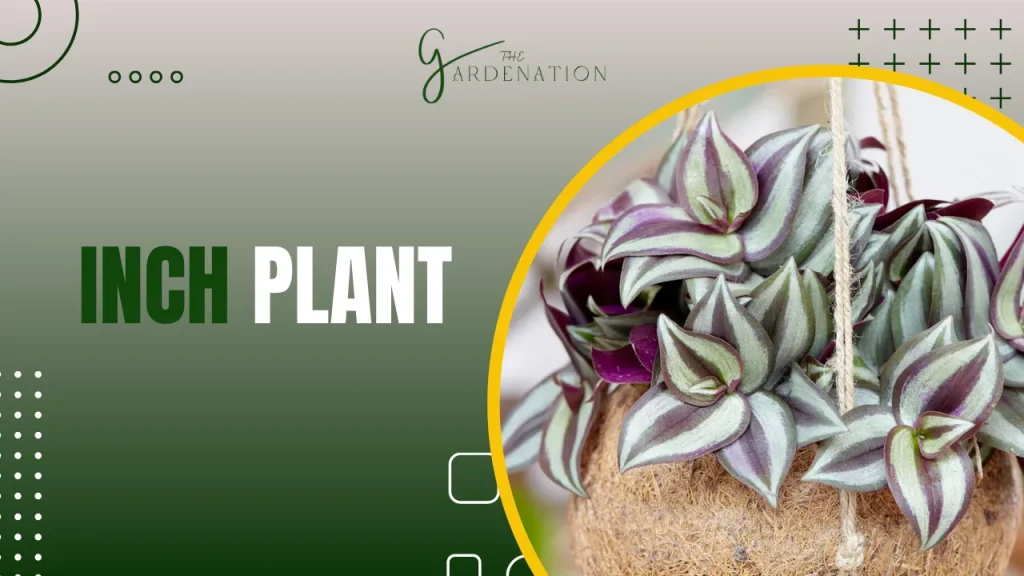
The inch plant (Tradescantia zebrina) offers superb tropical flair right in my home. Its lance-shaped leaves feature distinctive silver bands running parallel against the solid green background.
The striking variegation repeats on the undersides but in deep burgundy purple shades. Adding to the allure, small clusters of bright pink 3-petaled flowers appear at intervals contrasting the colorful foliage. Also give a look to various varieties of Monstera Adansonii.
- Ideal Position: Indirect sun to partial shade
- Difficulty: Easy to care for
- Toxicity: Mildly toxic to cats and dogs
- USDA Zones: 9 to 11
For indoor cultivation, I provided bright indirect sunlight from an east or west window and temperatures above 55°F. I kept the soil moisture moderately constant, allowing only the top inch to dry between thorough waterings.
The inch plant’s trailing habit looks particularly lovely draping from suspended pots or flowing over the edges of planters and hanging baskets. And it continues spreading across surfaces at a slow controlled pace.
3. Prairie Spiderwort
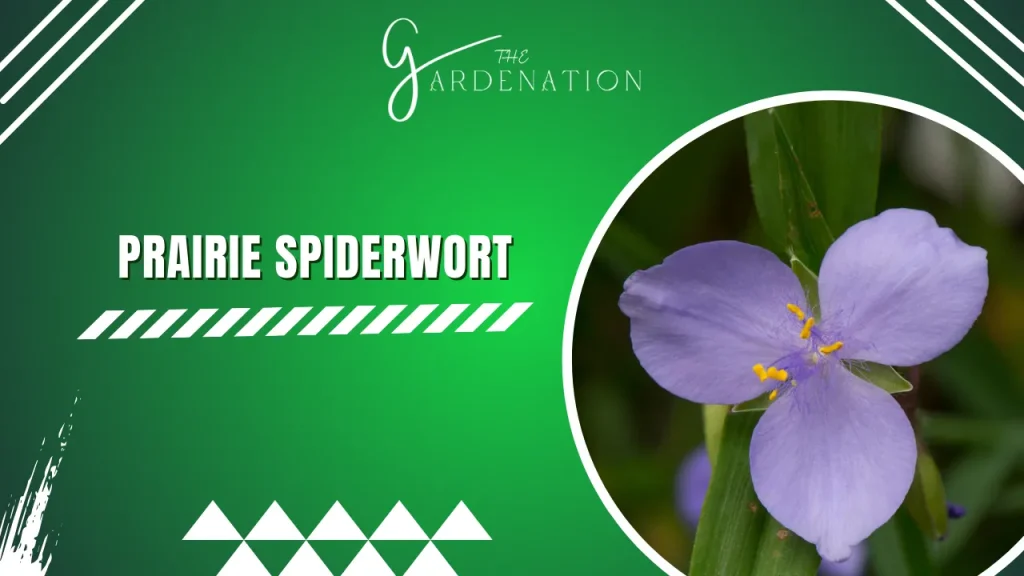
The prairie spiderwort (Tradescantia occidentalis) celebrates traditional meadowlands across central North America where it thrives in colonies vibrant with floral color from early summer onward. Several upright flower stems emerge from long thin leaves clustered in arching clumps.
The foliage provides textural contrast alongside neighboring wildflowers and grasses. Each stem produces a dense succession of showy blooms featuring three blue to purple petals surrounding contrasting yellow stamens in the center.
- Ideal Position: Full sun to partial shade
- Difficulty: Easy to care for
- Toxicity: Non-toxic
- USDA Zones: 4 to 9
After flowering finishes, neat protective seed pods prolong seasonal interest before reseeding ensures future generations. The western spiderwort naturally suits a spectrum of light exposures and soil textures in outdoor gardens.
Once established it proves reasonably drought tolerant, only requiring supplemental irrigation during extreme heat. An easygoing yet dazzling addition beloved by pollinators! You must also be interested in types of Tall Succulent, Do checkout here: Tall Succulent Types
4. Moses in the Cradle
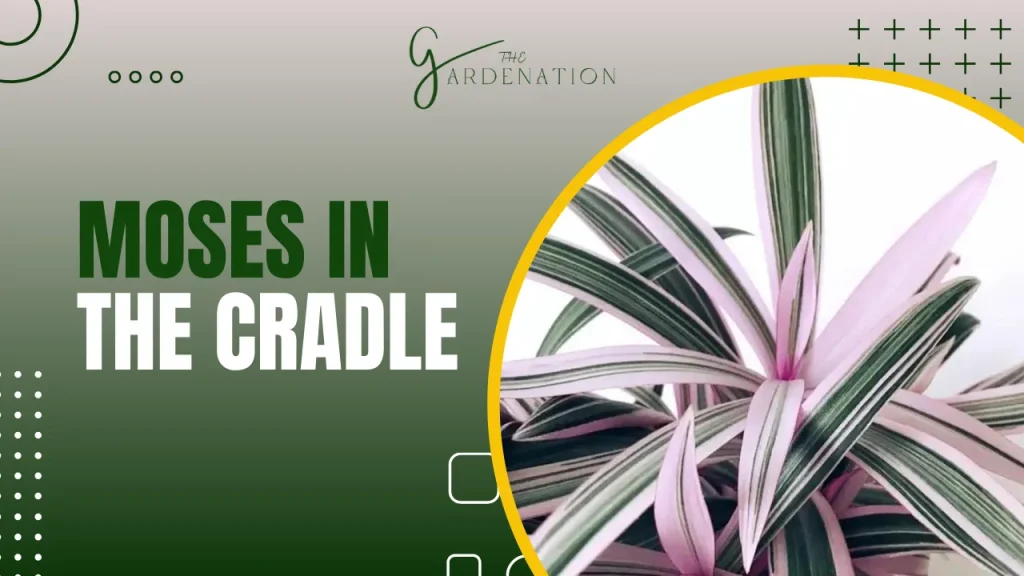
Moses in the cradle (Tradescantia spathacea) brings the ambience of tropical forests right into your home. While it may occasionally produce small white flower clusters, the foliage steals the show with its striking black-green and off-white variegation. The elongated leaves emerge with understated allure, taking on hints of pink, especially when them I exposed to ample sunlight.
- Ideal Position: Bright, indirect sunlight
- Difficulty: Easy to care for
- Toxicity: Toxic to humans and animals
- USDA Zones: 9 to 12
I sited my Moses in the cradle specimen in bright filtered light, allowing adequate air movement around its fleshy foliage.
Loamy potting soils guarantee lush results but I take care to avoid overwatering which can lead to root rot over time. I provide appropriate indoor conditions, and my Moses in the Cradle spreads at a leisurely rate – a nice opportunity to share stems with gardening friends!
5.Cobweb Spiderwort
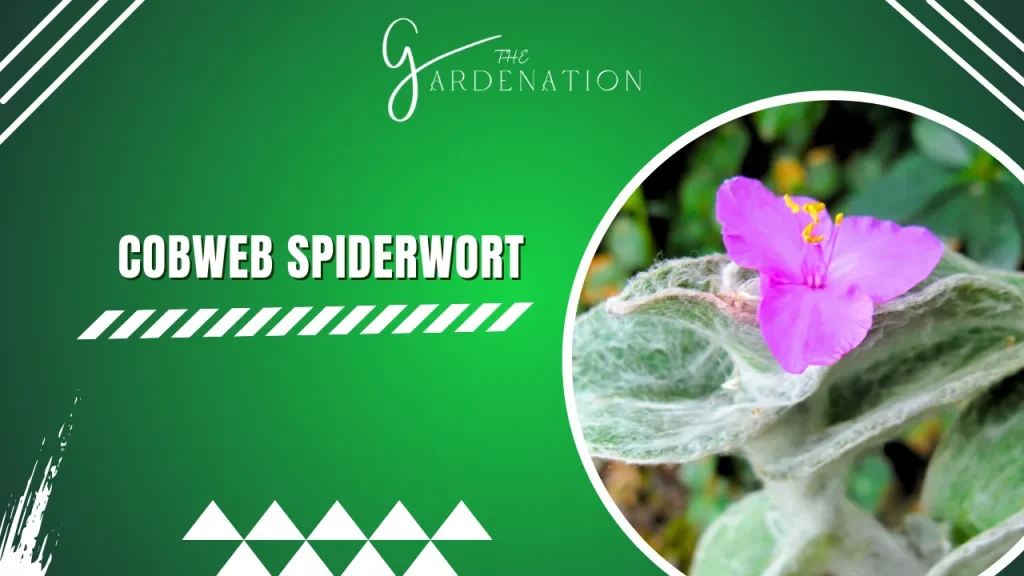
The aptly named cobweb spiderwort showcases dainty silver hairs overlaying its slender pointed leaves, resembling sparkling strands of silk. In summer, vibrant reddish-purple flowers appear, each with three delicate petals on thin erect stems. This unique Mexican native tradescantia type thrives planted in light afternoon shade allowing temporary morning sun exposure.
- Ideal Position: Partial shade
- Difficulty: Easy to care for
- Toxicity: Mildly toxic to cats and dogs
- USDA Zones: 7 to 10
Well-amended garden loam suits it fine, retaining slight constant moisture. Mature clumps spread slowly by rhizomes forming loose colonies. While not Cold hardy, plants resprout vigorously from the base as temperatures rise, persisting for many years where winters stay mild.
The cobweb spiderwort wins fans with its gracious charm and refreshing colors – a welcome counterpoint against broadleaf greenery.
6. Purple Heart
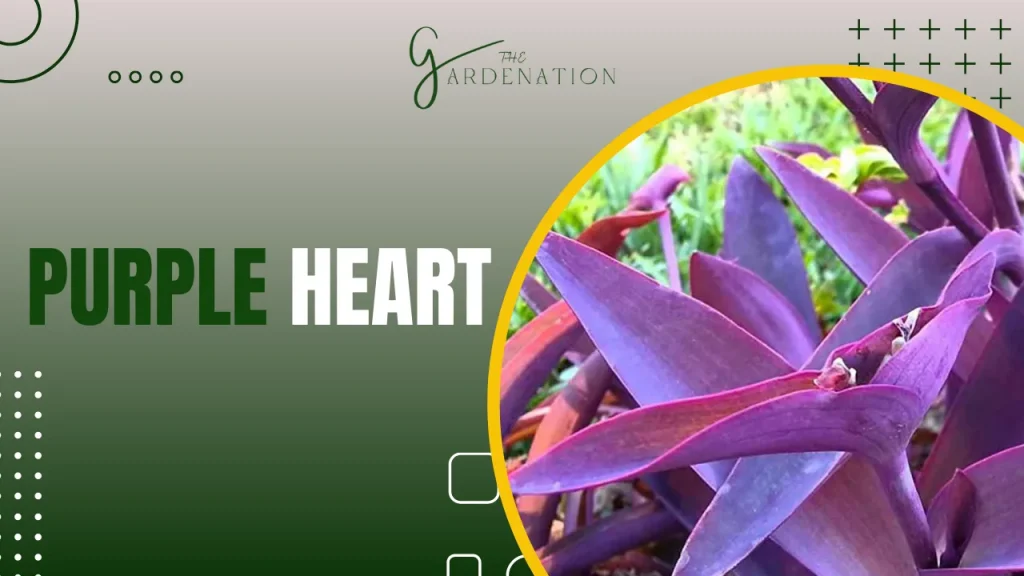
The purple heart (Tradescantia pallida) lives up to its name with rich wine-colored leaves in slender arching shapes. Even the stems and undersides flaunt intense jewel tones. I use its striking color addition to ignite mixed containers or accent flowering companions in garden beds and borders.
- Ideal Position: Full sun to partial shade
- Difficulty: Easy to care for
- Toxicity: Toxic to humans and pets
- USDA Zones: 10 to 11
Although moisture-loving, purple heart adapts readily to varying conditions once established, proving drought and heat tolerant.
Its trailing habit allows for training up supports or spilling gracefully over edges. From early summer into fall, groups of petite pink three-petaled flowers add delicate contrast scattered amongst the dramatic foliage.
And while certainly eye-catching outdoors from spring until first frost, as a Zone 10 plant purple heart also transitions nicely into indoor settings to provide vivid color through winter months.
7. Virginia Spiderwort
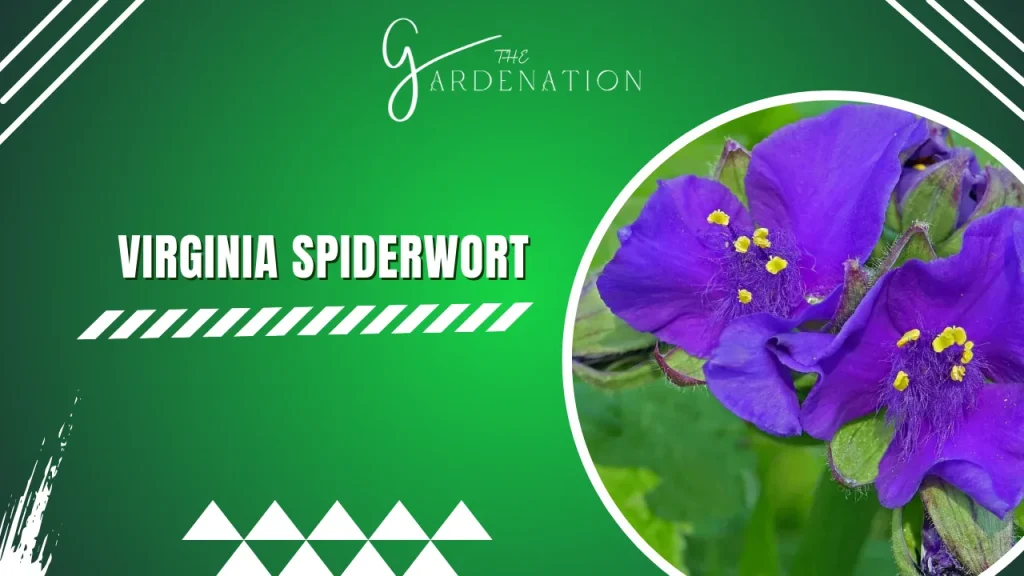
The Virginia spiderwort, Tradescantia virginiana, holds a cherished place in gardens across much of North America, where settlers embraced it centuries ago for its usefulness and comely charm.
Emerging stalks bear slender grassy leaves that arch and spill like liquid ribbons. In early summer, I saw small clusters of blue to violet three-petaled blossoms appear daily, closing again by nightfall and falling to scatter seeds.
- Ideal Position: Full sun to partial shade
- Difficulty: Easy to care for
- Toxicity: Non-toxic
- USDA Zones: 4 to 9
When happy, mature clumps spread into wide leafy colonies well-suited to borders, meadow plantings and along pathways.
The foliage proves deer and rabbit resistant despite being edible. Native Americans and early homesteaders prepared young leaves as potherbs or added them raw to salads to welcome sweet nutty flavor with mild mucilaginous texture.
I allow some seeding to enjoy this heirloom continuously, beauty sustained through generations just as past.
8. Flowering Inch Plant
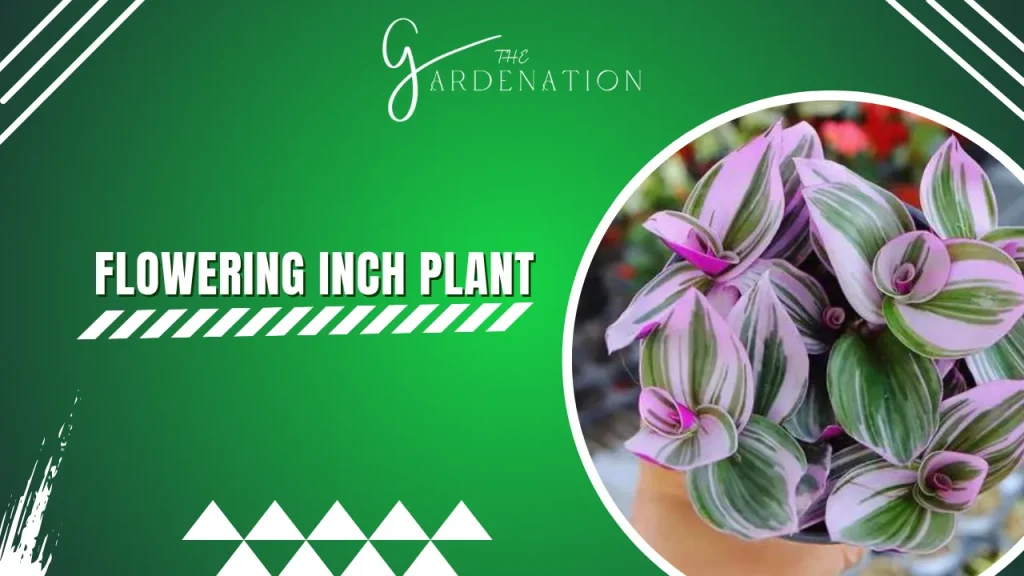
Hailing from eastern Brazil and Argentina, the flowering inch plant enters the scene with wide waxy leaves tinted red purple on the undersides like blushing green apples.
The stout stems grow upward, then weep downward, displaying the bicolored foliage and delicate white buds to advantage without needing support.
The three-petaled pink flowers emerge in flushes amidst the colorful leaves, illuminated nicely by filtered sunlight. Together the variegated leaves and dainty blooms create captivating hanging displays whether showcased alone in suspended pots or blended into mixed plantings.
I keep soil moderately moist but not saturated and provide indoor humidity above 40% for lush growing success.
- Ideal Position: Partial sun to partial shade
- Difficulty: Easy to care for
- Toxicity: Mildly toxic to cats and dogs
- USDA Zones: 8 to 12
While safe for humans if accidentally ingested, take care to keep this Tradescantia out of reach from curious pets who may find its trailing lengths and sweet floral nectar enticing yet toxic.
Instead nurture your flowering inch plant to sensory brilliance all can share safely!
9. Chain Plant
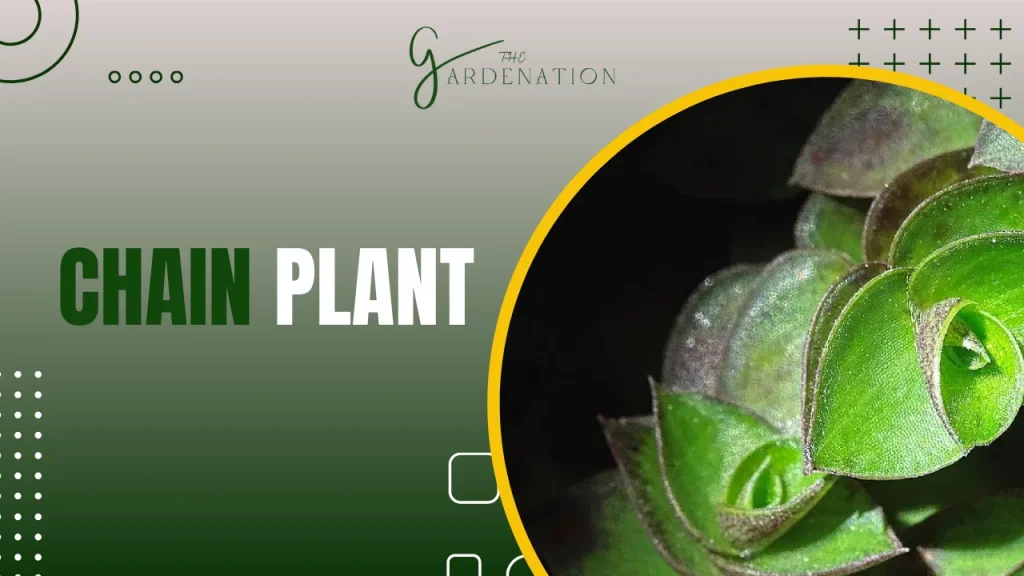
The Tradescantia navicularis chain plant delights indoors and out with prolific flowers and neatly digestible foliage. Its thick waxy leaves emerge green then fade to purple tints in bright light, remaining appealing even when plants spread into mats.
But the flowers steal the spotlight – bright pink with three paper-thin petals. They burst open by dawn then soon drop ephemeral yet giving way to more buds perpetually.
- Ideal Position: Partial sun to partial shade
- Difficulty: Easy to care for
- Toxicity: Non-toxic
- USDA Zones: 9 to 11
I tuck chain plants into partly shady garden pockets with organically enriched soil. Also I water the, when the top inch dries and situates out of wind which shreds the fragile blooms.
As houseplants, chain plants want similar bright, humid warmth. I let long stems trail or train onto supports to observe the charming floral chains closer up.
However you grow it, this Brazilian spiderwort guarantees prolific yet well-behaved abundance.
Understanding Tradescantia Types
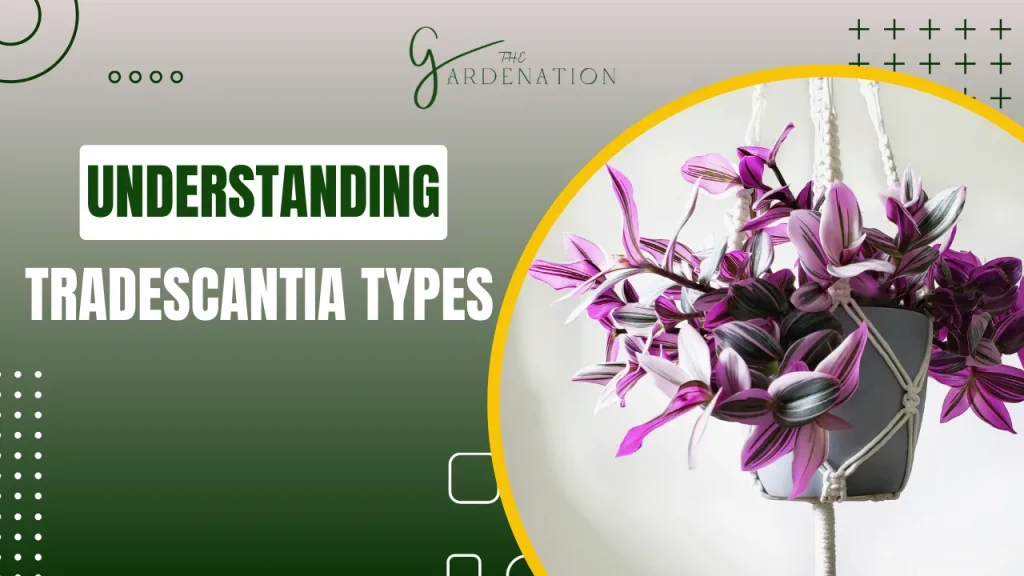
There are around 75 different types of Tradescantia that originate from the tropical areas of the New World. They come in upright, trailing or creeping forms. A key feature are the colorful bract-like leaves that surround clusters of small 3-petaled flowers.
Specific types vary in leaf size/shape, growth habit, and preferred growing conditions depending on whether they naturally occur in woodlands or prairies.
Upright Tradescantia
Certain Tradescantia types like the Prairie and Cobweb spiderworts grow upright with thick stems and sturdy leaves. They work very nicely as border plants or filler plants in gardens because of their vertical shape and structure.
Trailing Tradescantia
Other Tradescantia types have long trailing stems that spill out beautifully. These are perfect houseplants for hanging pots or setting on shelves where the stems can drape down attractively. For example, the purple heart Tradescantia has very colorful patterned leaves that create eye-catching displays cascading from containers.
Indoor Cultivation
Most Tradescantia grow well as indoor houseplants. They do best in normal household temperatures between 60°F to 80°F. Their lush interesting foliage and tangled trailing stems can liven up any indoor space. I prune them regularly to help maintain them at a manageable size.
Outdoor Growth
Some hardy types of Tradescantia can grow outdoors year-round especially in climates that don’t drop below 50°F where they can thrive all season.
They may wander and spread quickly when happy outside so pruning often helps keep them under control. Other varieties like the chain plant tolerate mild frost and cold but need to be brought into shelter over winter when temperatures get too extreme in order to survive. I choose suitable species for my local growing conditions.
Spiderwort as a Houseplant
With proper care, many Tradescantias also excel as houseplants but avoid direct light that scorches their thin leaves. I give them bright, filtered sunlight to encourage growth and flowering.
I use a well-draining potting mix, and I allow it to partly dry before watering again. I provide moderate moisture aligned with their native origins. Also, I test different species to determine the best conditions indoors in my environment.
Unveiling Spiderwort Buds
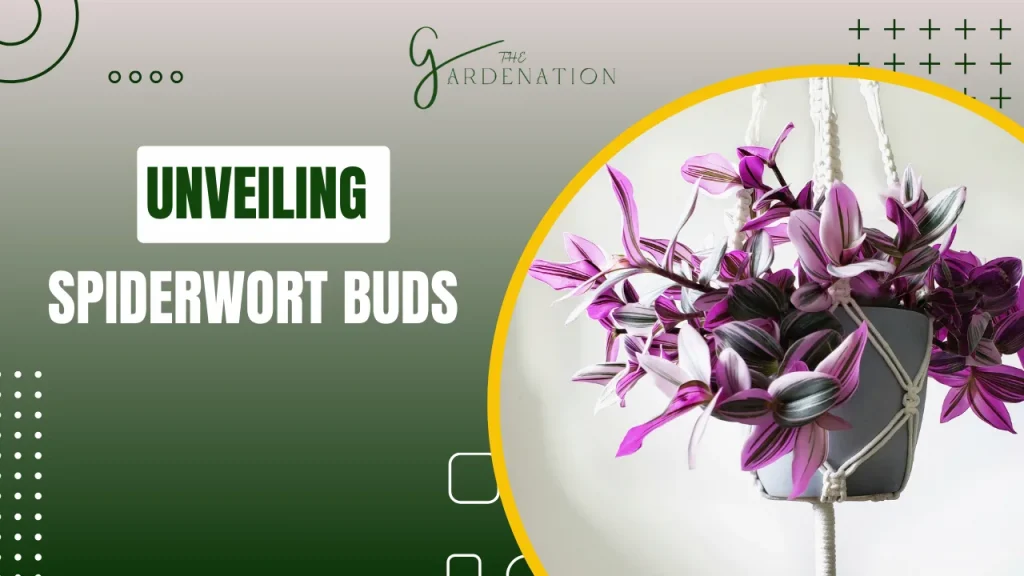
The Budding Process
Tradescantia’s growth cycle intrigues enthusiasts centered around buds. Budding flower stalks emerge from leaf rosettes at the base. Protective bracts open to reveal the delicate flower within for its fleeting yet beautiful daily display.
The Fleeting Flowers
After just one day, bloom drops, leaving behind small seed capsules which eventually scatter newlife.
Continuous Cycling
As each bloom drops, small seed capsules develop scattering seeds before new buds repeat the graceful sequence. I delight observing this eternal budding rhythm and potential.
Care Tips
Here are some key guidelines for maintaining healthy Tradescantia plants:
Consistent Moisture:
- I try to maintain a Balanced Watering Routine
- I prevent extremes of wet or dry Conditions
- I try to ensure optimal soil moisture for healthy growth
Monthly Fertilization:
- I provide balanced diluted fertilizer
- I fertilize regularly during the growing season
- I adjust fertilization according to plant variety
Pruning for Growth:
- I trim faded flowers and old leaves
- I try to encourage fresh growth through pruning
- I promote plant vigor with regular pruning
Pest Management:
- I monitor and identify common pests
- I swiftly treat pests, especially spider mites
- I implement pest control measures safely
Repotting Strategies:
- I try to repot rootbound plants in spring
- I use well-draining soil mix for repotting
- I try to ensure stems remain above soil level
Tailoring Tips to Your Environment:
- I adapt care practices based on environmental conditions
- I consider plant variety for specific care requirements
- I try to match growing conditions to ensure plant success
Follow these tips matching conditions to your environment and variety for success!
Frequently Asked Questions
How often do spiderworts bloom?
While individual flowers last just a day, plants bloom continuously from late spring into fall as new buds perpetually generate on rosettes at the base. I do regular deadheading for prolong flowering.
What’s special about spiderwort buds?
For enthusiasts like me, the alluring budding cycle and charming daily flowers hold much appeal. Seeing buds swell then show fleeting yet beautiful blooms before new buds repeat the graceful sequence is delightful.
How can I encourage more buds?
Consistent water and nutrients fuels steady budding and blooms. I apply liquid fertilizer monthly during growth seasons and water well when the top inch of soil dries out. Also, pruning spent blooms and leaves also promotes new budding down low. I also offer adequate light.
Why don’t my buds fully open?
Preventative bracts failing to open indicates suboptimal conditions hindering growth. Causes can include insufficient light, irregular watering, temperature extremes or poor nutrition. Review care guidelines for your variety and remedy issues to restore abundant, healthy budding.


2 Comments